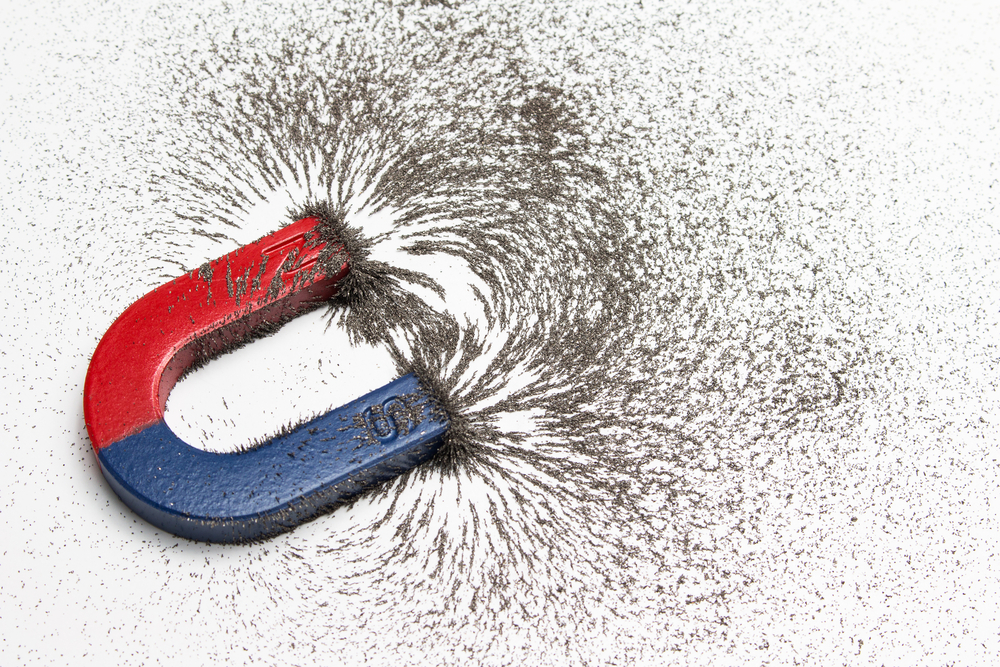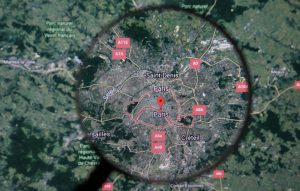In this era riddled with data, it can be difficult to distinguish between actual science and pseudoscience.
Was Earth once small but grew over time? Is man-made global warming a real scientific theory or a hoax? When it comes to separating science and pseudoscience, how can we recognize each for what it is?
What’s the difference between science and pseudoscience?
Science utilizes comprehensive study and experiments to prove or disprove a theory. Proof against hypotheses and statutes are researched in-depth.
On the other hand, Pseudoscience begins with a theory and only seeks evidence to justify it. There’s usually a small amount or no form of experimentation.
It ignores contrasting evidence, makes excuses, or hides it. It holds to the original concept regardless of evidence that disproves it.
For example, cryptozoology examines mythical creatures that are currently unknown to science, like unicorns and chupacabras.
What do you think? Pseudoscience or science? Consider string theory or psi research, both of which are done by major cosmologists today. Whether these are viable fields of study remains to be seen.
Does this place them on the edge of science?
Table of Contents
Is pseudoscience a type of science?

In short, no. The attitudes and activities of pseudoscience purport to be scientific, yet they do not follow the true principles of scientific inquiry. Although they appear to be real, something is wrong.
Pseudoscience doesn’t qualify as a serious scientific endeavor. A continuum or range exists between pristine science and blatant pseudoscience, rather than a clear divide between them.
Is there any connection between science and pseudoscience?
Again, no. Only science tests hypotheses in a reliable, repetitive, and rigorous manner. It seeks information to prove its theories but also considered and accepts evidence that disproves its theories. Pseudoscience only seeks evidence to support its claims and disregards or hides the rest.
What’s the difference between research in science and pseudoscience?
Pseudoscientific assertions can be tailored to achieve virtually any goal or outcome. Scientific claims, on the other hand, can only be demonstrated as either true or untrue. Real scientific research takes time and considers variables that could potentially disprove a claim it seeks to validate. Pseudoscientific research is not thorough, is often rushed, and seeks only to support a claim without considering other factors.
Is pseudoscience avoidable?
Absolutely. Claims that are too good to be true, “research” that doesn’t give specifics, and “evidence” that goes against common sense and knowledge are all red flags to look for when considering whether something is scientific or pseudoscientific. Doing your own research and looking for information that is agreed upon amongst experts is a good way to check if what you are looking at is real or not.
What are some examples of pseudoscience?

A few examples of pseudoscience are homeopathy, phrenology, madness on the full moon, astrology, and intelligent design, among others.
Is there a gray area between science and pseudoscience?
Many valid fields of study may have one or more characteristics that are commonly linked with pseudoscience.
The best-trained scientist might make blunders, utilize shoddy methods, and misinterpret the outcomes of his or her research. Some pseudoscientists may get things correct from time to time.
They may exploit scientific approaches that are genuine or valid to spread their views and beliefs.
Somewhere between the two extremes of science and pseudoscience, in what Carl Sagan has referred to as the “poor imitation,” there is a murky gray area.
The “demarcation challenge” refers to the difficulty of drawing a clear line between the two extremes of a spectrum.
However, this does not preclude the existence of partially genuine scientific disciplines and utterly absurd pseudoscientific activities.
Because there is no clear demarcation line between the two extremes of a continuum, this is known as the false continuum legible fallacy.
The most important thing is to distinguish between legitimate science and pseudoscience.
How do we recognize fake science?

It’s possible to identify the pathological characteristics of extreme pseudoscientific claims by studying the extremes of other pseudosciences. After that, we’ll see the commonalities amongst them.
Pseudoscientists are notorious for a particular set of cognitive errors. It’s a great chance to learn more about what’s commonly referred to as “pathological science.”
How is science used as a tool by pseudoscientists?

Pseudoscientists use methods of science to support a conclusion that they believe is true, rather than using the methods of research to find out whether or not their opinion is correct.
They haven’t attempted to disprove their theories in any meaningful way. A scientist should always begin by conducting research.
Do everything in your power to debunk your ideas and hypotheses as soon as think about them. Experiment or observe in every manner imaginable to disprove the notion.
Only after numerous attempts to disprove the hypothesis have failed is it appropriate to offer it temporary acquiescence, or the belief that this is a hypothesis that may be accurate.
Next, talk to your peers and publish your findings in peer-reviewed journals to find out what other scientists think about your theory or hypothesis.
Can they think of any approaches you haven’t considered that could prove or disprove your hypothesis?
Is the Galileo Process acceptable science?
Pseudoscience often uses the Galileo Process. As a result of insufficient investigation or proof, far-reaching statements are being made, some of which threaten to invalidate well-established scientific theories.
There are several examples of this “science substitute,” like a book authored by Lloyd Pye called Everything You Know Is Wrong, Book One: Human Origins. That domino effect of unscientific assertions is to blame.

If one should believe Pye’s theories, ancient cultures that have eluded present archeology may have been home to extraterrestrial life, which could explain the existence of Big Foot as well as other humanoid animals previously considered extinct.
What we call the “domino effect” is a pseudoscientific dogma in which he merely rejects current scientific results and substitutes them with a new one.
In the end, you’ve substituted the whole of science with just an alternate reality or the belief that all scientific claims are false.
Is Neal Adams wrong about the earth expanding?
Another example is cartoonist Neal Adams, a pseudoscientist who advocates for the hollow or expanding Earth hypothesis.
Earth’s size has been steadily expanding throughout time due to the formation of new matter. Since the regions of the Earth lock on like jigsaw pieces, he thinks this would be the case.
In part, we can thank plate tectonics for the fact that they do fit together.
However, he believes they fit together perfectly because they were once all hooked up on a comparatively tiny Earth, that also eventually grew with the oceans trying to fill in the gaps.
Is the Earth Expansion theory flawed?
That Earth Expansion theory has a lot of significant flaws.
How can the orbits of the bodies in the solar system remain steady if all of the planetary systems were expanding, as he claims?
He merely snaps his fingers and dismisses any of the legitimate scientific concerns expressed against his theory.

If gravity isn’t keeping the planets from drifting out of alignment, “maybe it’s a magnetism that maintains them in place.” All of gravity and magnetism have to be reevaluated to solve this issue with the Expanding Earth theory.
In addition, he posits the possibility of matter appearing out of thin air on its own accord. Physicists have no idea what he means.
The synthesis of a new steady mass out of nowhere will breach a well-known law of physics, which states that matter and energy must be conserved at all times.
Is Iridology pseudoscientific or scientific?
A third example is Iridology, according to which one’s whole health and well-being are reflected in their iris.
Using the homunculus method of diagnosis, one believes that one small component or portion of the anatomy, in this instance the iris of an eye, represents one’s body and life.
Dr. Ignatz von Peczely noticed that an owl’s eye had lost some of its gold flecks after it had mended its broken wings, which was the inspiration for the field of Iridology.
Is Life Energy science or pseudoscience?

The concept of life energy lies at the heart of many “natural remedies,” such as therapeutic touch and reiki, crystal therapy, and homeopathy.
In the absence of a complete understanding of the physiology and anatomy of living organisms, it was postulated that there is some kind of life energy that animates some objects while keeping others inert.
After a certain amount of time, however, we were able to explain all of life’s activities at least vaguely enough that the concept of life energy ceased to exist in Western medicine.
When it comes to how the body processes, it was a theory that had never been proven or validated by science.
Even though it’s a dated philosophical concept, the basic tenet of many treatment modalities is still based on it.
Are there ever simple solutions to complex issues?
Pseudoscience is also known for its tendency to give simple solutions to complex or multi-faceted problems. Well yes, there are sometimes simple solutions to complex problems, these solutions still must be vetted properly by scientists and peer-reviewed in order to be valid.

















